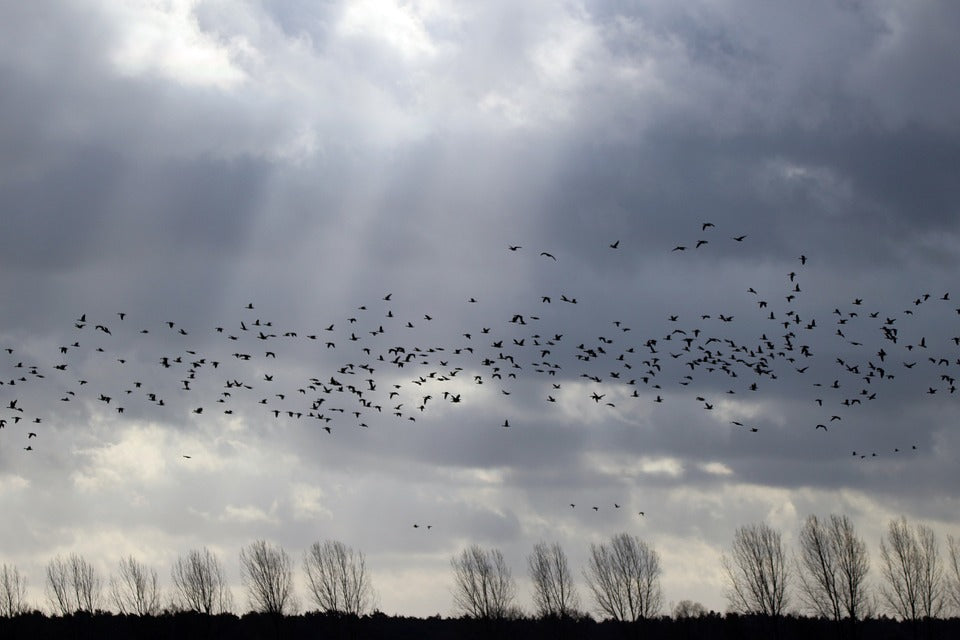Offer
Provide additional details about the offer you're running.
Provide additional details about the offer you're running.
Provide additional details about the offer you're running.

In a recent report published by the North American Bird Conservation Initiative (NABCI), it was found that approximately 37 percent of migratory birds here in North America are at risk of extinction from a variety of factors.
The report, based on the first-ever conservation vulnerability assessment for all 1,154 native bird species on the continent, was compiled by a team of experts from all three countries that make up North America.
“The Watch List includes 432 species with concern scores of 14 or higher,” the section explains, “or with a concern score of 13 and a steeply declining population trend — these are the species most at risk of extinction without significant conservation actions to reverse declines and reduce threats.”
The report breaks down species across various habitats and attaches a scoring system to each habitat based on the success of the species that inhabit them.
In Crisis
This section contains both the regional habitats and a number of species that are of the utmost concern. Oceans and tropical and subtropical forests make up this watch list and for oceanic birds such as seabirds who are severely threatened by invasive predators, overfishing, pollution and climate change.
Those species inhabiting the tropical and subtropical forests of Mexico are also at a high level of danger, where the majority of resident species here are also at risk due to massive habitat loss. The protection of these forests is not only vital to the resident species but also for the 20 percent of boreal birds that spend their winters in the region as well.
Steep Declines
Covering coasts, arid lands and grasslands, these areas mainly encompass long-distance migratory shorebirds and migratory species who have lost approximately 70 percent of their continental populations since 1970.
Birds that breed in coastal areas such as marshlands, mangroves, and beaches are under dramatic pressure from rising sea levels, coastal development and human recreational activities.
Mixed Status
Species inhabiting temperate forests, tundra, wetlands, and the boreal forest are faring well overall. Making up only 20 percent of the watch list, these bird species are of moderate or low concern regarding eventual extinction.
Waterfowl, for example, have flourished under the proper harvest management and wetland conservation areas, but it is noted, that without the continuation of these practices, wetland habitat will quickly disappear along with the bird species that call it home.
Faring Well
The healthiest group of birds are those experts refer to as generalists. These are the bird species that have the ability to live and thrive in a variety of different habitats. These adaptable birds are of lowest conservational concern, but as with anything, should always be considered as a small risk to ensure their safety and future progression.
To view the report in its entirety, click here
High Quality Blend